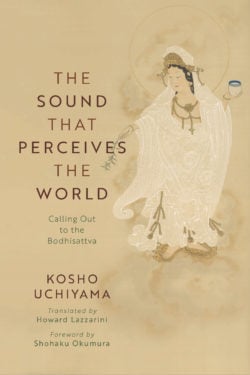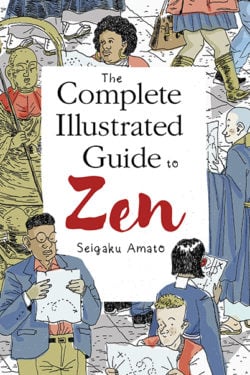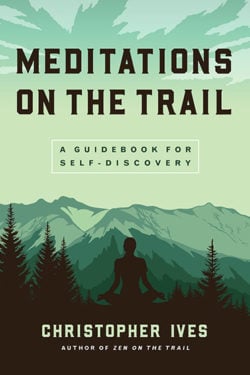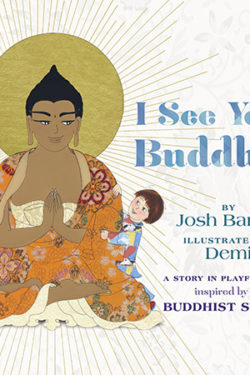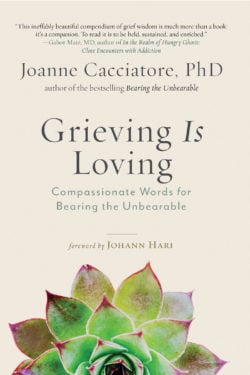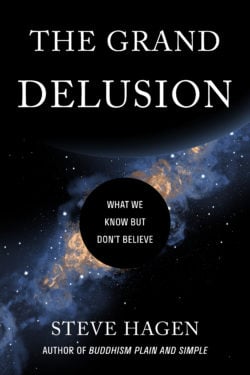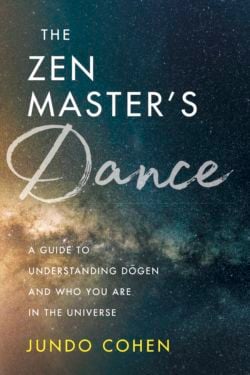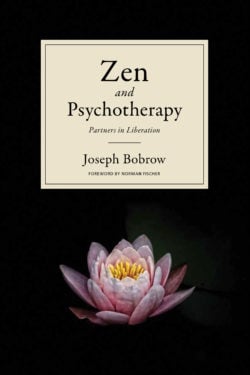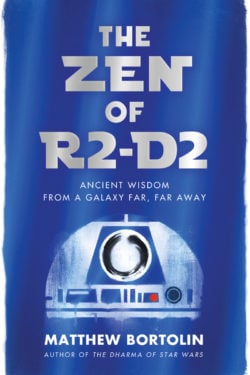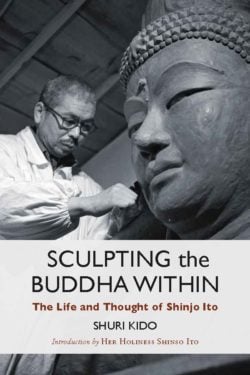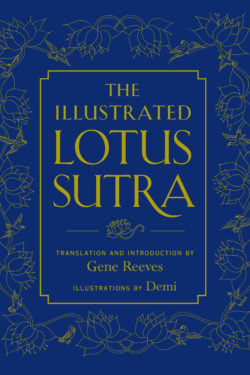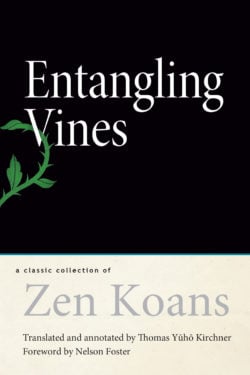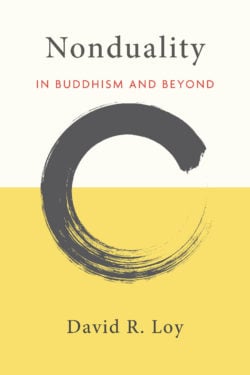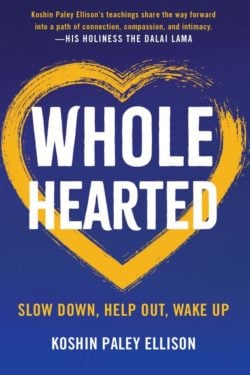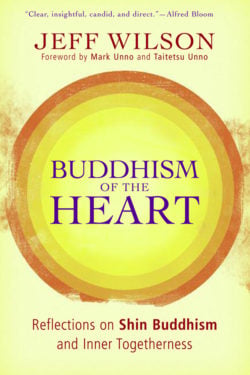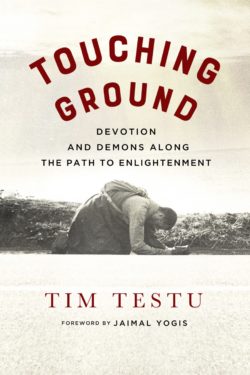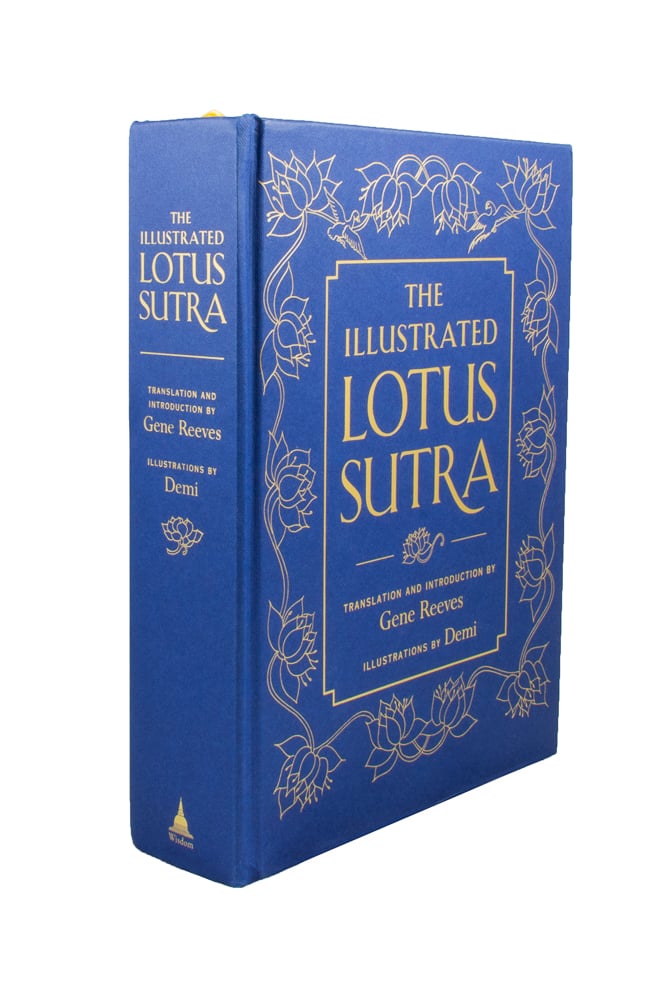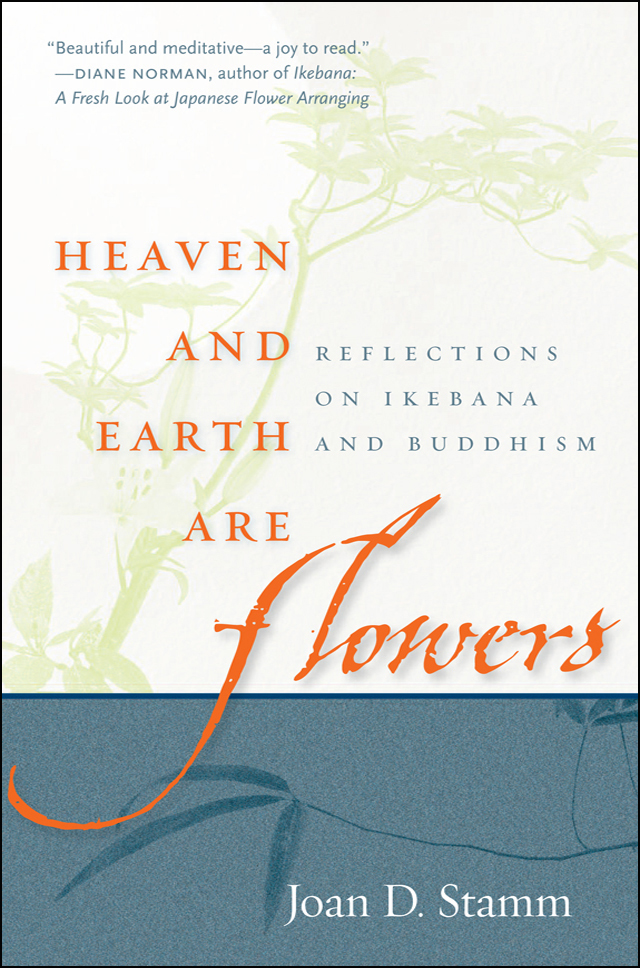
HEAVEN AND EARTH ARE FLOWERS
2011 Nautilus Book Award — Silver Medal in Religion & Spirituality — Eastern Traditions
In this lovely meditation on ikebana—the Japanese art of flower arranging—Joan Stamm shows us how her twin paths of Buddhist practice and artistic endeavor converge and indeed become thoroughly intertwined.
Stamm’s lush, elegant voice weaves childhood memories of her mother’s joy at a just-bloomed morning glory with meditations on the symbolic importance of bamboo, of pine, of the lily. She takes us with her on her travels to Japan as she learns the essential principles of ikebana, and lets us join her as she teaches flower arranging to women in a nursing home who, though they won’t recall tomorrow the rules of arrangement or even the flowers’ names, nonetheless partake in the joy and love that celebrates all living things, however briefly they endure. And, when Joan shows us the natural symmetry of a blossom, we find that we too have regained our balance.
Includes 16 full-color photographs of the author’s original ikebana.
- Paperback
- 192 pages, 6.00 x 9.00 inches
- $16.95
- ISBN 9780861715770
- eBook
- 192 pages
- $12.99
- ISBN 9780861718696
“Stamm’s prose is gorgeously poetic.”—Shambhala Sun
Discover More
The Sound that Perceives the World
Musings and autobiographically informed commentary on the human condition through the lens of the Kannon-gyo—chapter 25 of the Lotus Sutra—connecting Zen and Pure Land Buddhism through the practice of venerating and chanting the names of buddhas and bodhisattvas.
The Kannon-gyo is chapter 25 of the Lotus Sutra, and its focus is the bodhisattva of compassion, Avalokiteshvara, known in China as Guanyin, and in Japan as Kannon or Kanzeon. The text describes the many ways in which calling out the bodhisattva’s name—Namu Kanzeon Bosatsu—can relieve suffering.
Most schools of Zen Buddhism, and especially the Soto school, eschew such practices as chanting the names of buddhas and bodhisattvas, along with venerating such figures.
The eminent Soto Zen master Kosho Uchiyama Roshi, however, while doing hard physical labor early in his career, could not practice zazen—that is, formal sitting meditation. He came to appreciate the Kannon-gyo and the practices related to it. In particular, he took to reciting Kannon’s name, as recommended in the text of the Kannon-gyo.
Later in life, Uchiyama Roshi suffered from illness that again prevented him from practicing formal Zen, so he returned to the Kannon-gyo and the practice of chanting. He went so far as to assert that chanting Kannon’s name is completely equivalent to zazen, that the two practices are simply two sides of the same coin—a revolutionary idea seemingly at odds with Zen.
Chanting practice is especially accessible, as it can be done while working, traveling, or suffering from illness, and other activities that would ordinarily get in the way of formal Zen practice.
With these practices, the Kannon-gyo, and Kannon herself as a backdrop, Uchiyama Roshi muses about the purposes of religion, the goals of religious practice, and the meaning of enlightenment—and their relation to suffering itself.
The Complete Illustrated Guide to Zen
The Complete Illustrated Guide to Zen offers a comprehensive overview of Soto Zen Buddhism in a delightfully captivating way. Complete with dynamic, detailed illustrations, Soto Zen Priest Seigaku Amato uses a semi-narrative style to take you on a visual tour of Buddhism and, using specifics to illuminate universals, dives deep into the practices and forms of Soto Zen.
Whether you are just taking your first step or have been practicing Zen for years, this creative and profound book will be a constant companion and guide on your journey as it explores topics such as:
- A brief history of Buddhism
- An iconographic overview of various buddhas and bodhisattvas
- An introduction to the various practices of Zen including meditation (zazen), work practice (samu), and meditative eating (oryoki)
- A what’s what of holidays, ceremonies, temple instruments, and religious vestments
- A how-to guide for setting up a home altar
“This is a cute book! But it’s not just cute, it’s also deep and profound, and is one of the best guides to Zen practice I have ever come across. The illustrations are delightful and the written sections are clear and easy to understand. I give it a million zillion stars!”—Brad Warner, author of Hardcore Zen
“I loved this book and smiled the whole way through. But don’t be fooled by its whimsy! There’s a wealth of experience, knowledge, and devotion behind these illustrations. This book is a perfect guide for a beginning Zen student and makes a delicious snack for the more advanced practitioner.”—Gesshin Greenwood, author of Bow First, Ask Questions Later
Meditations on the Trail
Meditations on the Trail offers a rich array of do-anywhere meditations that will help you explore and deepen your connection to nature, and yourself, in new ways, making the most of your time on the trail.
This small book—perfect for throwing in a daypack or a back pocket as you head out for the trail—is filled with practices to take you into the heart of the natural world and uncover your most vibrant self. You’ll return home grateful, more aware of interconnection, and maybe just a little wiser.
You may also be interested in Chris’s other books, Zen on the Trail, which explores the broad question of how to be outside in a meditative way, and Zen Ecology, in which he reveals a way of living that can help you slow down, stay grounded, and deal with all that is flying at you—and at the same time can help you reduce your ecological impact and engage more effectively with the climate crisis.
I See You, Buddha
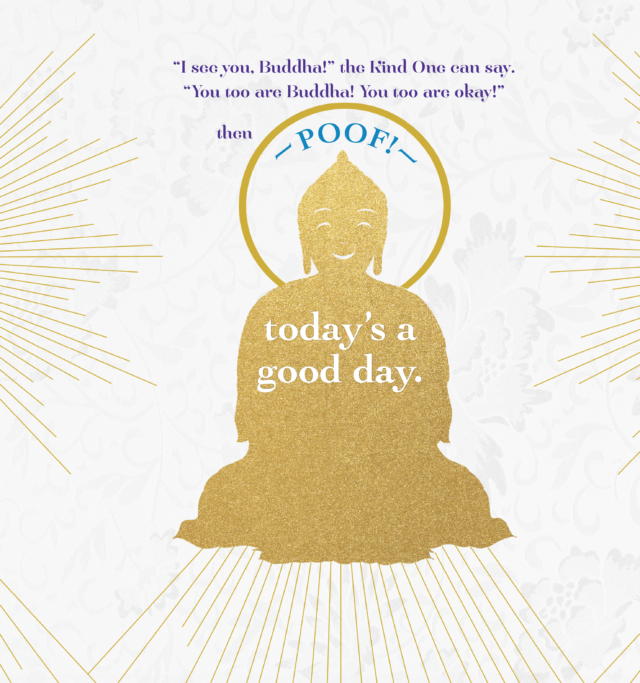
An instant classic, this book will help children (and their parents) learn patience and to see the good in everyone—including themselves! It will also help children meet difficult circumstances, such as being sick, doing chores, and not getting everything they want—and help them overcome low self-esteem and negative self-talk.
I See You, Buddha is based on a chapter in the Lotus Sutra, one of the most influential Buddhist texts worldwide—a classical scripture that has inspired a whole genre of works, especially in Japan, known as Lotus Literature. The Lotus Sutra teaches the way of the bodhisattva—a being engaged in compassionate, enlightened activity in the service of all—by offering examples of what this activity might look like in the world. One such model in the text is Bodhisattva Never Disrespectful (or Never Disparaging), who, despite troubling encounters with and even harsh treatment from others, bows down respectfully to everyone, recognizing their Buddha nature and honoring their own journeys along the bodhisattva path to enlightenment—whether they know they’re future buddhas or not!
Listen to author Josh Bartok as he reads I See You, Buddha in this video reading.
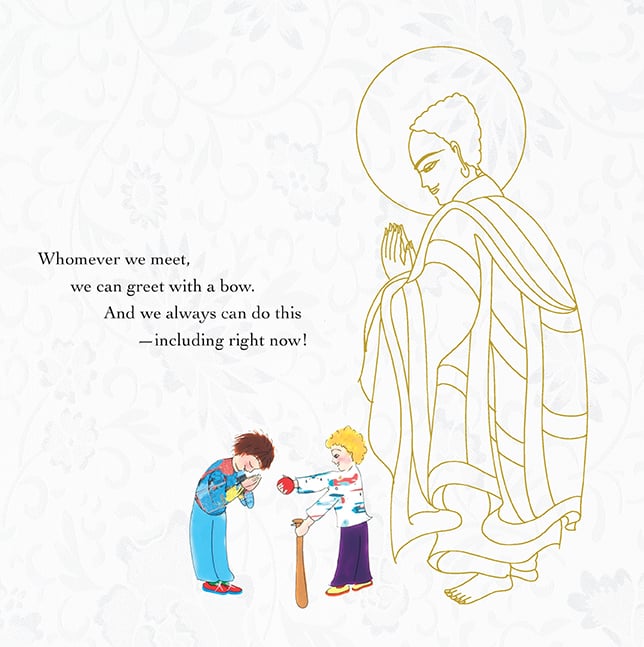
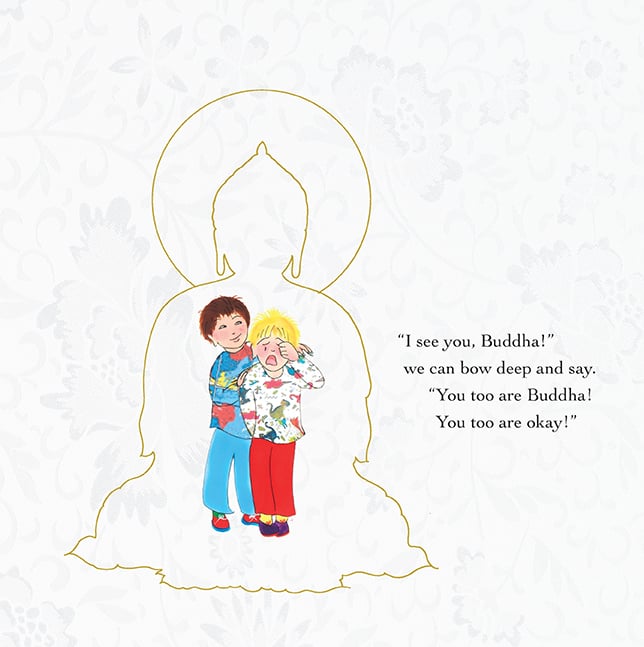
Grieving Is Loving
A book of poems, quotations, reflections, and stories from the author of one of the most beloved books on grief and loss.
This book is a companion to carry with you throughout your day, to touch in with and be supported by when bearing the unbearable pain of a loved one’s death—whether weeks or years since their passing.
In the style of a quote-a-day collection, this book from Wisdom’s bestselling author Joanne Cacciatore distills down the award-winning book Bearing the Unbearable into easy-to-access small chunks, and includes much brand-new material, including new prose and poems from Dr. Jo and other sources.
If you love, you will grieve—and nothing is more mysteriously central to becoming fully human.
Our culture often makes the bereaved feel alone, isolated, broken, and like they should just “get over it”—this book offers a loving antidote.
Open to any page of Grieving Is Loving and you’ll find something that will instantly help you feel not alone, while honoring the full weight of loss.
This book is comprised of quotations from Bearing the Unbearable, and other sources as well, plus an enormous amount of new material from Dr. Jo. Especially well-suited for the grieving mind that may struggle with concentration, just 30 seconds on any page will empower, hearten, and validate any bereaved person—helping give strength and courage to bear life’s most painful losses.
You can also explore Dr. Jo’s book, Bearing the Unbearable, its journal companion, Bearing the Unbearable: A Guided Journal for Grieving, as well her her Wisdom Academy course, Bearing the Unbearable, and her card deck, Cards for Bearing the Unbearable.
The Grand Delusion
In The Grand Delusion, bestselling author Steve Hagen drills deeply into the most basic assumptions, strengths, and limitations of religion and belief, philosophy and inquiry, science and technology. In doing so, he shines new light on the great existential questions—Why is there Something rather than Nothing? What does it mean to exist? What is consciousness? What is the nature of truth?—and does so from an entirely unexpected direction.
Ultimately, this book reveals how all of our fundamental questions stem from a single error, a single unwarranted belief—a single Grand Delusion.
The Zen Master’s Dance
A fresh take on how to read Dōgen.
In The Zen Master’s Dance, Jundo Cohen takes us deep into the mind of Master Dōgen—and shows us how to join in the great and intimate dance of the universe. Through fresh translations and sparkling teaching, Cohen opens up for us a new way to read one of Buddhism’s most remarkable spiritual geniuses.
Zen and Psychotherapy
This book is an intimate dialogue that examines the interplay of emotional and spiritual development through the lens of Zen Buddhism and psychotherapy. Zen and Psychotherapy artfully illuminates the intrinsic connections between the two practices, and demonstrates how the traditions can be complementary in helping to live a truly fulfilled and contented life.
Zen teacher and psychologist Joseph Bobrow deftly shows how the major themes of trauma, attachment, emotional communication, and emotional regulation play out in the context of Zen and of psychotherapeutic practice, and how, in concert, both provide a comprehensive, interactive model of fully functioning human life.
The Zen of R2-D2
Did you ever wonder why R2-D2 is
- always calm and cool under pressure,
- the key to the rebellion’s survival, and
- the one who never fails to save the day?
Could it be because he’s secretly a Zen master?
Discover your inner R2—and the truth about who you really are!
This delightful and illuminating romp unfolds in the form of a fictional dialogue between the author—a die-hard Star Wars devotee with a deep connection to Zen—and two cosplayers dressed as C-3PO and R2-D2 who insist on being called by their character names. Along the way, you’ll come to see what everyone’s favorite astromech can teach us about peace, happiness, and life’s true meaning.
Sculpting the Buddha Within
Sculpting the Buddha Within is the first major biography of Shinjo Ito, the founder of the Shinnyo-en tradition of Buddhism and one of the twentieth century’s most innovative spiritual teachers. Ito was schooled in Shingon, the millennium-old esoteric Buddhism of Japan, and used that as the basis for developing a unique lay practice grounded in the principles and concepts of the Mahayana version of the Nirvana Sutra.
Ito’s wish was to help his practitioners see their own potential for goodness so that they, too, would be inspired to work diligently to shape and give form to their inner buddha. Rather than encouraging his followers to believe in a fixed system of practice or beliefs, Ito taught how to live life in accordance with one’s buddha nature—and the gratitude, creativity, and happiness latent within it.
The Illustrated Lotus Sutra
The Lotus Sutra is regarded as one of the world’s great religious scriptures and most influential texts. It’s a seminal work in the development of Buddhism throughout East Asia and, by extension, in the development of Mahayana Buddhism throughout the world. Taking place in a vast and fantastical cosmic setting, the Lotus Sutra places emphasis on skillfully doing whatever is needed to serve and compassionately care for others, on breaking down distinctions between the fully enlightened buddha and the bodhisattva who vows to postpone salvation until all beings may share it, and especially on each and every being’s innate capacity to become a buddha.
This illustrated edition features more than 110 full-page and two-page illustrations by a world-renowned and award-winning artist, and brings the fantastical and image-filled world of the Lotus Sutra vividly to life. Demi’s illustrations are both classical and contemporary in feel, perfectly complementing Reeves’s masterful and modern translation.
Entangling Vines (Paperback)
The most contemporary of the the classic koan collections—representing centuries of practical refinement by Zen masters working with their students.
Entangling Vines is a translation of the Shumon Kattoshu, the only major koan text to have been compiled in Japan rather than China. Most of the central koans of the contemporary Rinzai koan curriculum are contained in this work. Indeed, Kajitani Sonin (1914–1995)—former chief abbot of Shokoku-ji and author of an annotated, modern-Japanese translation of the Kattoshu—commented that “herein are compiled the basic Dharma materials of the koan system.”
A distinctive feature of Entangling Vines is that, unlike the Gateless Gate and Blue Cliff Record, it presents the koans “bare,” with no introductions, commentaries, or verses. The straightforward structure of its presentation lends the koans added force and immediacy, emphasizing the Great Matter, the essential point to be interrogated, while providing ample material for the rigors of examining and refining Zen experience.
Containing 272 cases and extensive annotation, the collection is not only indispensable for serious koan training but also forms an excellent introduction to Buddhist philosophy.
Nonduality
The concept of nonduality lies at the very heart of Mahayana Buddhism. In the West, it’s usually associated with various kinds of absolute idealism in the West, or mystical traditions in the East—and as a result, many modern philosophers are poorly informed on the topic. Increasingly, however, nonduality is finding its way into Western philosophical debates. In this “scholarly but leisurely and very readable” (Spectrum Review) analysis of the philosophies of nondualism of (Hindu) Vedanta, Mahayana Buddhism, and Taoism, renowned thinker David R. Loy extracts what he calls “a core doctrine” of nonduality. Loy clarifies this easily misunderstood topic with thorough, subtle, and understandable analysis.
Wholehearted
“Intimacy is based on the willingness to open ourselves to many others, to family, friends, and even strangers, forming genuine and deep bonds based on common humanity. Koshin Paley Ellison’s teachings share the way forward into a path of connection, compassion, and intimacy.”
—His Holiness the Dalai Lama
Each of us has an enormous capacity for love—a deep well of attention and care that we can offer to ourselves and others. With guidance that is both simple and wholly transformative, Koshin Paley Ellison, Zen teacher and psychotherapist, shows us how to uncover it: pay attention, be of service, and be with others.
With this inspiring and down-to-earth book, drawn from the Zen precepts and illustrated with anecdotes from Koshin’s own life and practice, you’ll learn how to
- explore and investigate with your own core values,
- identify the mental habits that could be unconsciously hurting yourself and others, and
- overcome isolation.
Each chapter closes with a contemplation to help integrate the teachings into your life.
This book is about getting back in touch with your values, so you can live energetically, authentically, and lovingly. This is an invitation to close the gaps we create between ourselves and others—to wake up to ourselves and the world around us.
It’s time to live wholeheartedly.
Buddhism of the Heart
Jeff Wilson started his walk on the Buddha’s path as a Zen practitioner—taking up a tradition of vigorous self-effort, intensive meditation, and meticulous attention to rectitude in every action. But in Jeff’s case, rather than freeing him from his suffering, he found those Zen practices made him nothing short of insufferable. And so he turned to Shin Buddhism—a path that is easily the most popular in Zen’s native land of Japan but is largely unknown in the West.
Shin emphasizes an “entrusting heart,” a heart that is able to receive with gratitude every moment of our mistake-filled and busy lives. Moreover, through walking the Shin path, Jeff comes see that each of us (himself especially included) are truly “foolish beings,” people so filled with endlessly arising “blind passions” and ingrained habits that we so easily cause harm even with our best intentions. And even so, Shin holds out the tantalizing possibility that, by truly entrusting our foolish selves to the compassionate universe, we can learn to see how this foolish life, just as it is, is nonetheless also a life of grace.
Buddhism of the Heart is a wide-ranging book of essays and open-hearted stories, reflections that run the gamut from intensely personal to broadly philosophical, introducing the reader to a remarkable religious tradition of compassionate acceptance.
Touching Ground
From October 16, 1973, to August 17, 1974, Tim Testu walked all the way from San Francisco to Seattle, bowing his head to the ground every three steps. And that’s not even the best part of his story.
Tim Testu was one of the very first Americans to take ordination in Chinese Zen Buddhism. His path—from getting kicked out of school to joyriding in stolen boats in the Navy to squatting in an anarchist commune to wholehearted spiritual engagement in a strict Buddhist monastery—is equal parts rollicking adventure and profound spiritual memoir.
Touching Ground is simultaneously larger than life and entirely relatable; even as Tim finds his spiritual home with his teacher, the legendary Chan master Hsuan Hua, he nonetheless continues to struggle to overcome his addictions and his very human shortcomings.
Tim never did anything halfway, including both drinking and striving for liberation. He died of leukemia in 1998 after packing ten lifetimes into fifty-two years.
Ecodharma
This landmark work is simultaneously a manifesto, a blueprint, a call to action, and a deep comfort for troubling times. David R. Loy masterfully lays out the principles and perspectives of Ecodharma—the Buddhist response to our ecological predicament, a new term for a new development of the Buddhist tradition.
This book emphasizes the three aspects of Ecodharma:
- practicing in the natural world,
- exploring the ecological implications of Buddhist teachings,
- and embodying that understanding in the eco-activism that is needed today.
Offering a compelling framework and practical spiritual resources, Loy outlines the Ecosattva Path, a path of liberation and salvation for all beings and the world itself.
Prepare to be inspired, motivated, and encouraged.
Zen on the Trail
Evoking the writings of Gary Snyder, Bill Bryson, and Cheryl Strayed, Zen on the Trail explores the broad question of how to be outside in a meditative way. By directing our attention to how we hike as opposed to where we’re headed, Ives invites us to shift from ego-driven doing to spirit-filled being, and to explore the vast interconnection of ourselves and the natural world. Through this approach, we can wake up in the woods on nature’s own terms.
In erudite and elegant prose, Ives takes us on a journey we will not soon forget.
This book features a new prose poem by Gary Snyder.
You may also be interested in Chris’s other books, Meditations on the Trail, which offers do-anywhere meditations that will help you deepen your connection to nature and yourself., and Zen Ecology, in which he reveals a way of living that can help you slow down, stay grounded, and deal with all that is flying at you—and at the same time can help you reduce your ecological impact and engage more effectively with the climate crisis.


